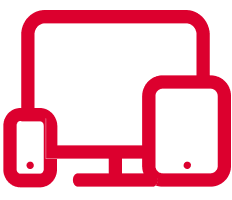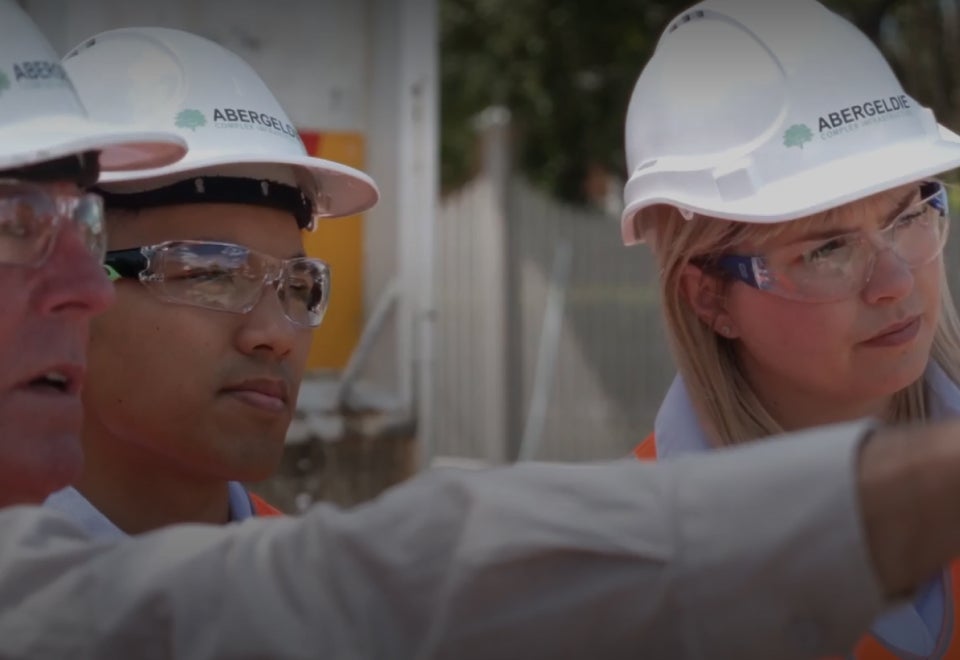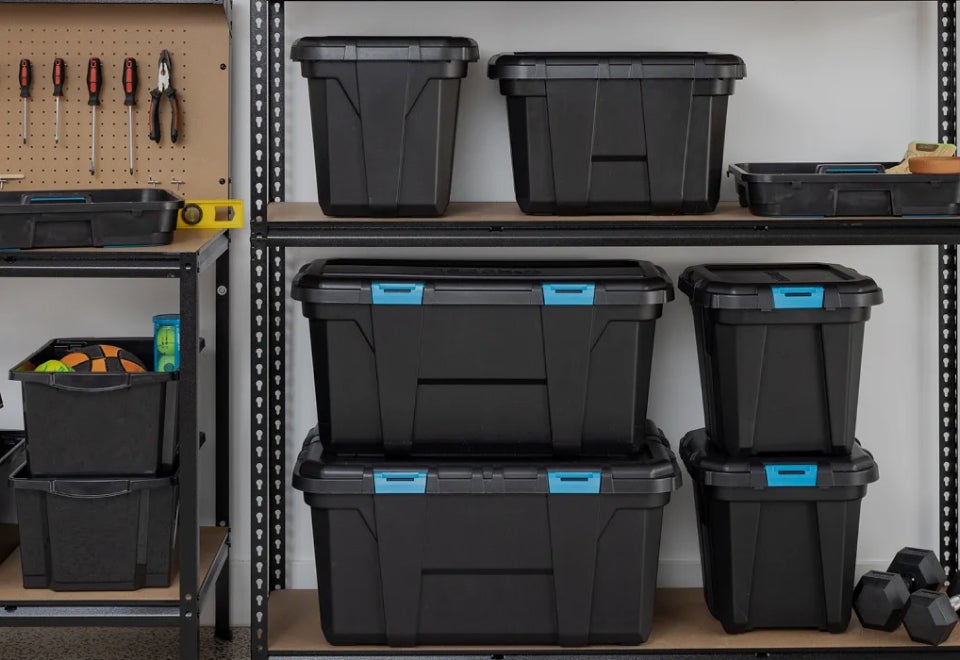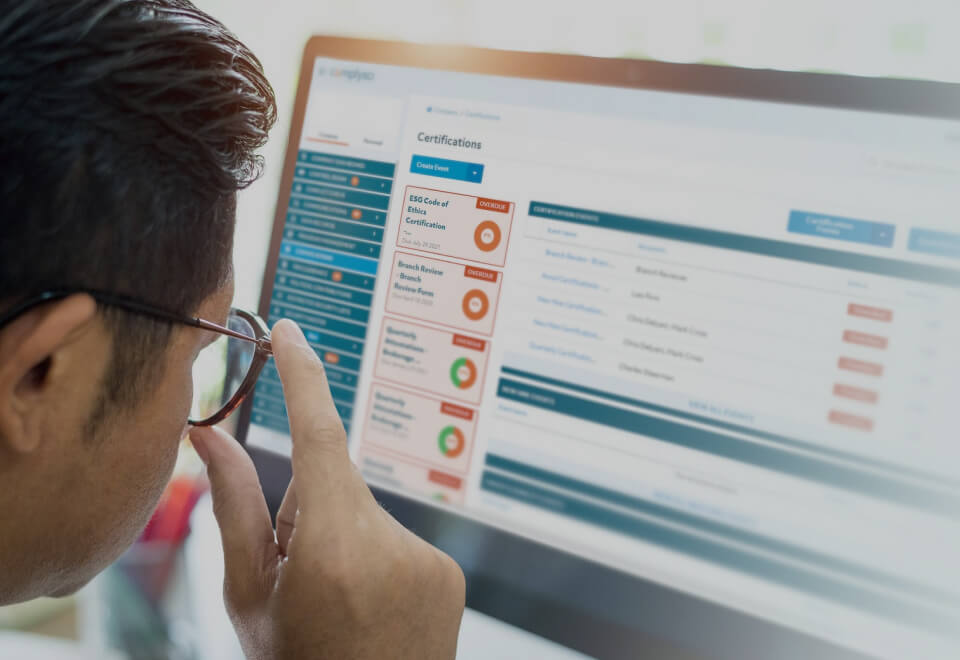Development.
Development Q&A with Sarah Campbell
What's the difference between UI (user interface) and UX (user experience)?
UI is strictly a digital term - it is about the look and feel of a digital asset, and how a user interacts with it. UX encompasses the whole journey - offline and online - that a user takes in interacting with a company. Though often confused, UI Design and UX Design cannot be used interchangeably - and it does matter.
If SEO is the main factor in ranking on Google, then why should I care about user experience?
Though ranking highly on Google and being optimised for search is what gets people to your website, if they can't find what they're looking for once they're on your website, then they won't be coming back. The UX of your site takes into account your site visitors, their needs, and the journeys they will take to get the information they want, ultimately converting to become customers. If that journey is too convoluted, the information too hard to find, your site too hard to navigate, then you may be ranked #1 on Google, but you won't be increasing your customer base.
The majority of my customers use my website on desktop, do I still need to consider mobile UX?
Yes. Your customers may not use mobile, but Google predominantly uses the mobile version of the content for indexing and ranking. And since 94% of organic search traffic comes from Google, your site better be optimised for mobile devices.
How do I know which platform is right for me?
Selecting a platform that is the best suited for your business requires careful consideration. You need to look at a combination of platform cost and stability, support, updates and upgrades, and whether or not add-ons or plug-ins are required to meet your website objectives. Read:
How hard is it to migrate my website to a new platform?
Migration is not a goal, but a step in the process to get you onto a new platform. We focus on identifying the expectations you have with your new platform. We then look at which features and content need to be migrated, with the alternative being a fresh implementation that better meets your business goals. The focus is on automating the content migration as much as possible, and filling the gaps with manual content entry as the last resort. The complexity of a migration depends on how much content needs to be migrated, and how much the content structure differs between the existing and new websites.
Should I be considering a headless CMS approach?
One of the most compelling reasons to go headless is the ease at which your content can be made accessible to any channel or device you desire - web, mobile, kiosks, wearables, etc. Your content is delivered as blocks - not pages - making it easy to provide channel- and device-specific experiences. That being said, if you're not looking to push your content to more than one channel, that doesn't mean that you shouldn't still consider headless. A headless CMS provides flexibility to develop your site in your (or your developer's) language of choice. It provides peace of mind because site availability, security, performance, and upgrades are being handled by the headless CMS vendor. It allows for speed to go-live and creativity: content creation can be happening simultaneously with design and development; and headless allows you to think content first and not worry about having to build pages with templates and widgets.
